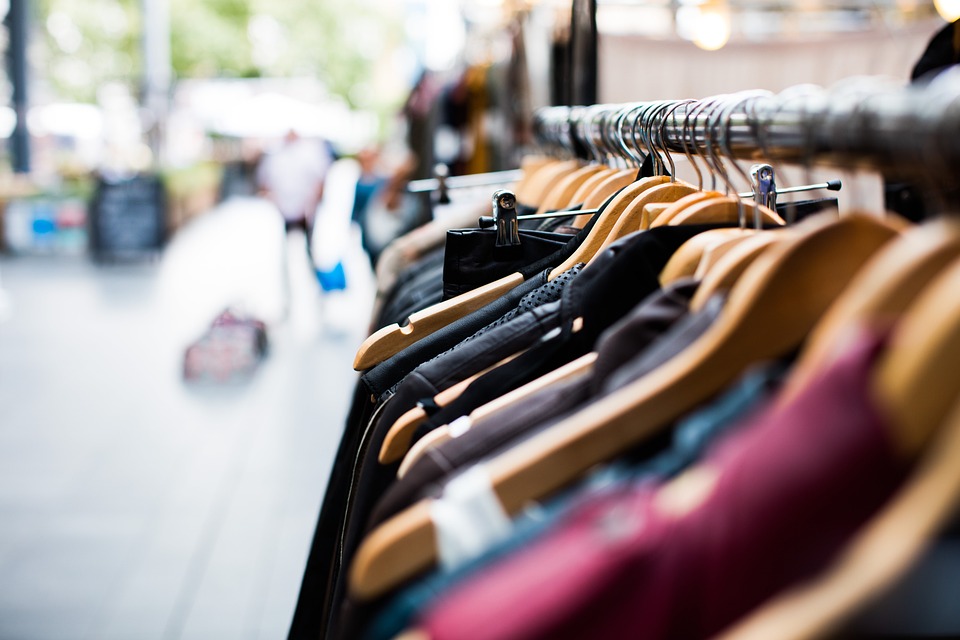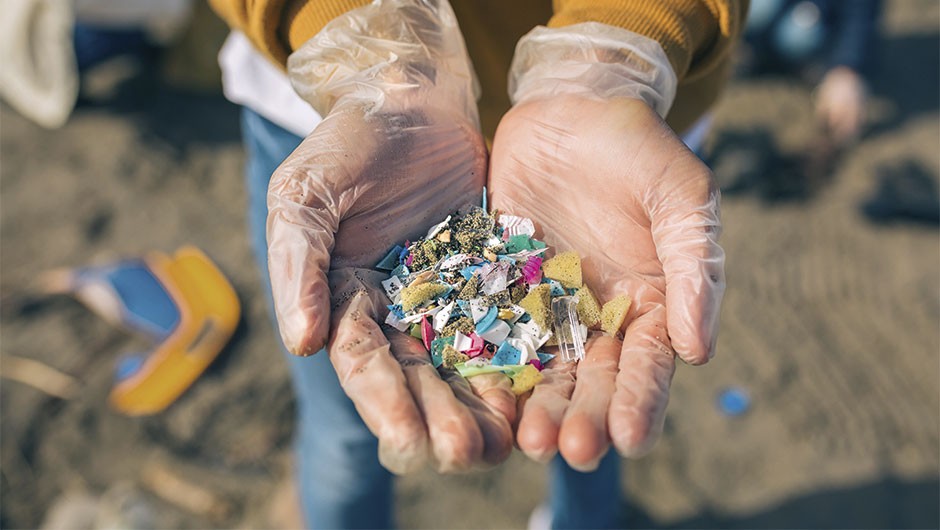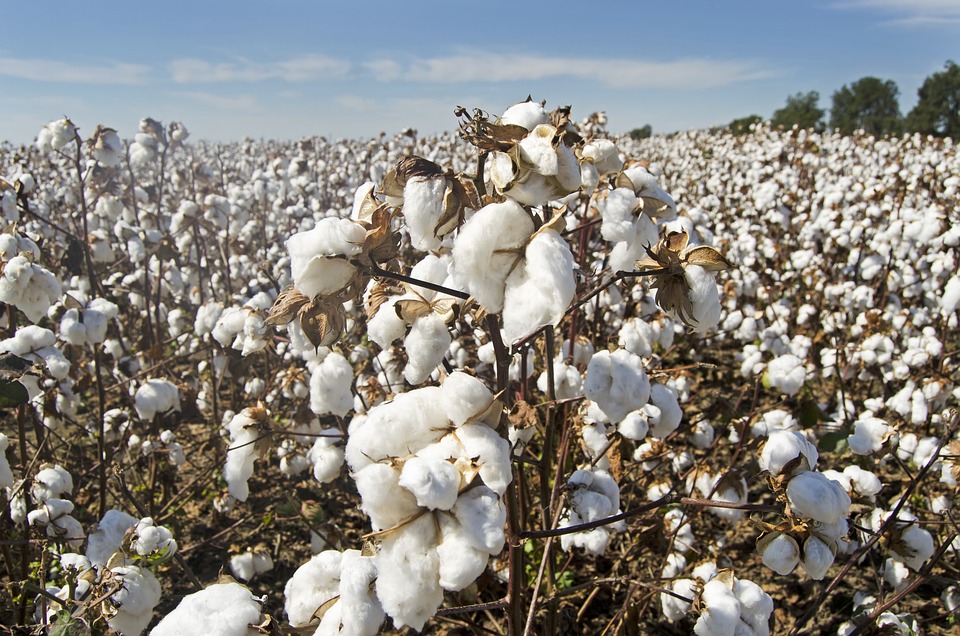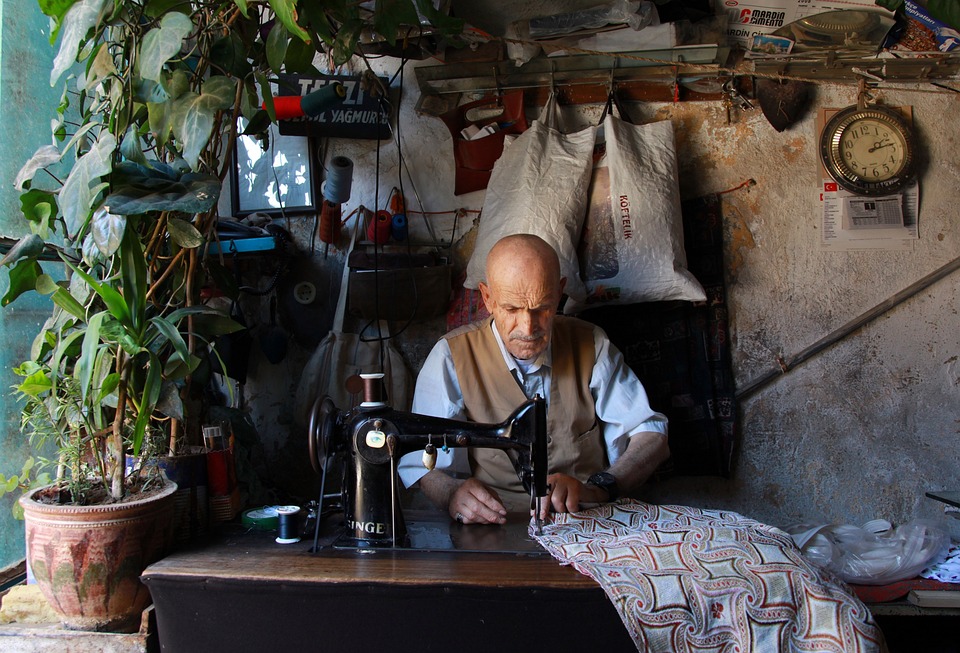
How Fast Fashion Is Stressing Our Environment
In the past, buying clothes was a rare occurrence—something that happened a few times a year as the seasons changed or when we outgrew our existing wardrobe. A change, however, occurred around 20 years ago. Fast fashion was born as prices for clothing decreased, fashion cycles accelerated, and online shopping became a recreational activity.

Here, all of your queries about fast fashion have been answered. Why is fast fashion such a problem? And exactly what consequences does it have on mankind, the environment, and animal life?
What is Fast Fashion?
Fast fashion is characterized as low-cost, trendy clothes that quickly respond to customer demand by stealing design cues from the catwalk or celebrity culture and putting them on the high street. The goal is to get the newest models on the market as soon as possible so that customers can buy them while they are still in demand and, unfortunately, discard them after a few wears.

It supports the notion that wearing the same clothing repeatedly is a fashionable rookie mistake and that in order to look current, you must wear the newest trends as soon as they emerge. It’s an essential component of the harmful structure of excessive manufacturing and consumerism that has made the fashion industry one of the most damaging polluters.
Fast Fashion Environmental Impacts in 5 Major Ways
Fast fashion is the second-largest consumer of water and produces 8–10% of the world’s carbon emissions, more than all international travel and maritime transportation combined, according to the UN Environment Programme. Unfortunately, shoppers frequently ignore the issues with fast fashion.
Let’s examine a few of the consequences of quick fashion below.
Water
Fast fashion has an adverse effect on the environment due to the exhaustion of non-renewable resources, the release of greenhouse gases, and the large consumption of water and energy.

The second-largest consumer of water is the fashion industry, which needs over 2,000 gallons to produce a pair of pants and over 700 gallons to make a cotton shirt.
Business Insider further warns that because dyeing water is frequently spilled into drains, streams, or rivers, fabric dyeing is the second-largest water polluter in the world.
Micro plastic
Synthetic fibres like polyester, nylon, and acrylic, which typically take decades to decompose, are used by many companies. According to a 2017 study from the International Union for Conservation of Nature (IUCN), washing synthetic textiles like polyester is responsible for 35% of all microplastics, which are minute bits of non-biodegradable plastic, in the water.

The True Cost, a 2015 documentary, claims that the world now purchases 80 billion new garments annually, a 400% increase from 20 years ago. The average American produces 82 pounds of textile trash annually.
The production of leather also involves huge quantities of feed, soil, and water, as well as fossil fuels to raise livestock. The tanning process is one of the most hazardous in the entire fashion industry since the chemical compounds used to tan leather, such as mineral salts, formaldehyde, coal tar derivatives, and various oils and dyes, are not degradable and contaminate water sources.
Energy
It takes a lot of energy to produce plastic fibres for textiles, and the process also generates a lot of explosive particulates and acids like hydrogen chloride.

Additionally, cotton, which is used in a lot of fast fashion items, is not produced in an environmentally responsible manner. The use of pesticides deemed necessary for cotton development poses health hazards to cotton farmers.
More sustainable textiles that can be used in clothes include wild silk, organic cotton, linen, hemp, and lyocell to combat the waste produced by fast fashion.
The Social Impacts of Fast Fashion

The negative effects of fast fashion extend beyond the environment. In actuality, the sector also causes societal issues, particularly in emerging markets. 80% of clothing, according to the nonprofit Remake, is produced by young women between the ages of 18 and 24. In 2018, a report from the US Department of Labor discovered evidence of child labour that was being forced in countries like Argentina, Bangladesh, Brazil, China, India, Indonesia, Philippines, Turkey, and Vietnam. As a consequence of fast production, sales and profits take priority over human welfare.
Harming Animals
Fast fashion has an effect on animals as well. In the wild, land and marine creatures alike consume the harmful dyes and microfibers that are released into streams and have disastrous effects. Additionally, animal welfare is endangered when materials made from animals, such as wool, leather, and fur, are utilized in fashion. For instance, countless scandals show that actual fur, such as cat and dog fur, is frequently misrepresented as faux fur to naïve customers. The fact is that genuine fur is now more affordable to make and purchase than synthetic fur since so much of it is being produced in appalling conditions on fur farms.
What you can do?
As a British Designer Vivienne Westwood said, “Buy Less, Choose Well, Make It Last”.
1. Purchase Less -Try to rediscover your love for your existing wardrobe by “flipping” or otherwise altering it. Instead of throwing away your old garments, upcycle them into something new.
2. Pick Wisely – Avoid fast fashion trendy clothes and go for more timeless style. Choose a high-quality garment made of eco-friendly fabric.
3. Make It Last – The secret to making clothing last is to pay close attention to the care recommendations. It will enable you to use a quality detergent, delicate bag and drying racks.
Takeaway
Fast fashion is a relatively recent phenomena in the sector that damages workers, animals, and the environment severely. Learn about the drawbacks of fast fashion and try to stay away from them whenever possible.
Leave a Reply